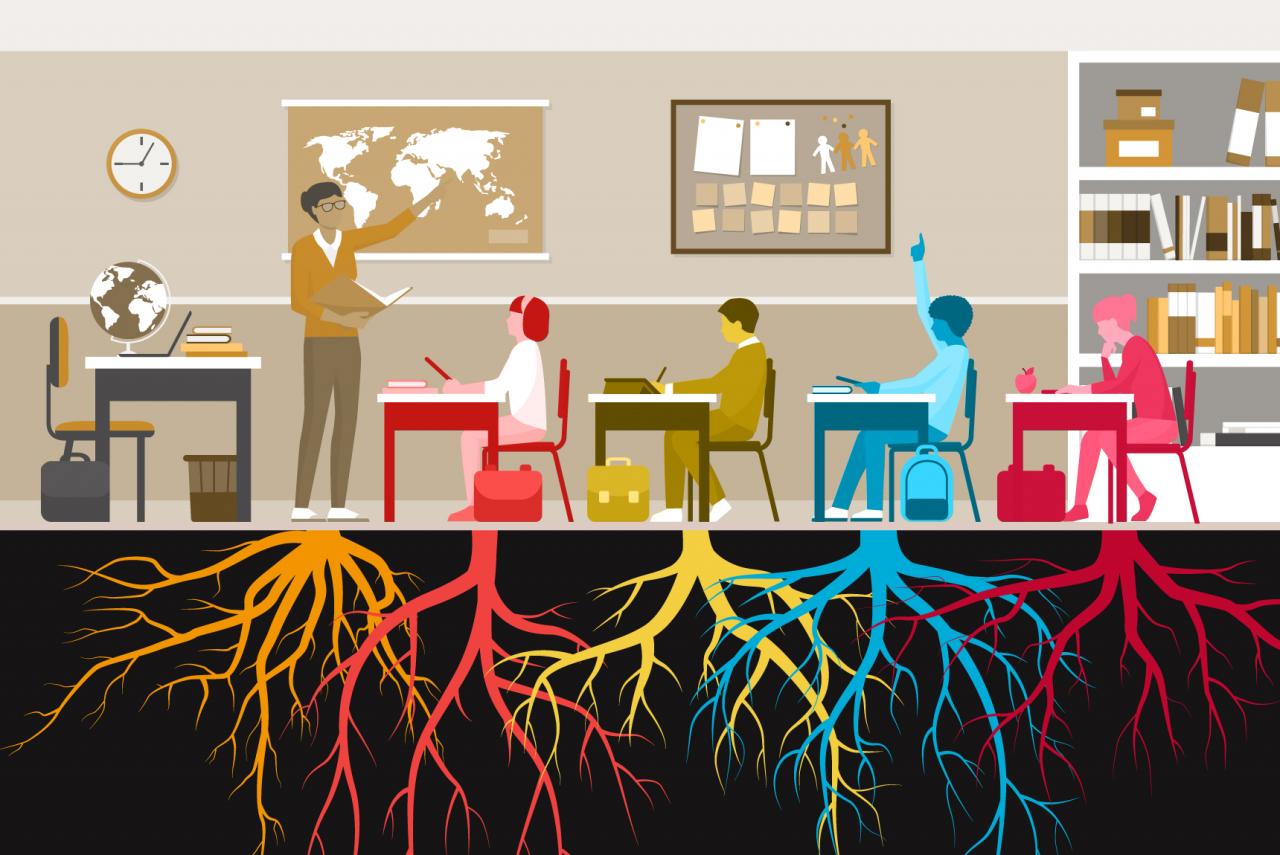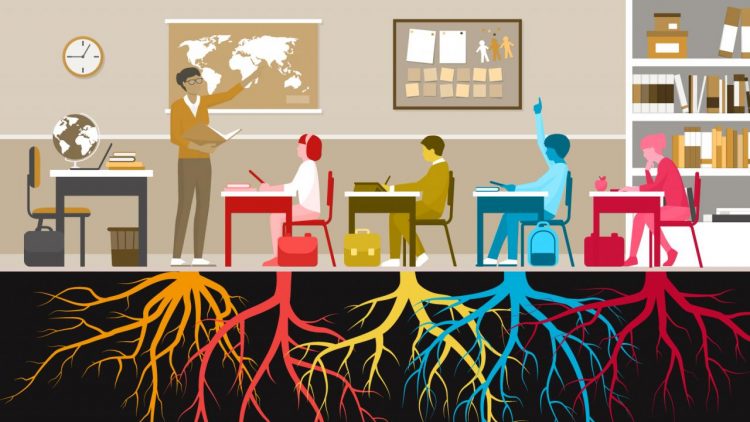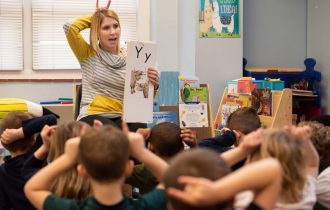Cultivating Cultural Literacy: Strategies for Educators

Introduction
In our increasingly interconnected world, cultural literacy has become an essential skill for students to navigate diverse societies and thrive in a globalized workforce. As an editor of an English education website, it is crucial to explore effective strategies for educators to cultivate cultural literacy among their students. This article aims to provide educators with practical approaches, incorporating existing technology and real-life examples, to foster cultural understanding and competence in the classroom.
I. Understanding Cultural Literacy: The Key to Global Competence
To effectively cultivate cultural literacy, educators must first grasp its significance. Cultural literacy encompasses the knowledge, understanding, and appreciation of various cultures, including their customs, traditions, values, and histories. It enables individuals to engage in respectful and meaningful interactions with people from diverse backgrounds.
II. Creating an Inclusive and Culturally Responsive Classroom Environment
- Promoting an Open Dialogue Encourage open discussions about cultural diversity and its importance. Create a safe space where students can share their experiences, beliefs, and perspectives. Foster a culture of respect and active listening, allowing students to learn from one another.
- Integrating Multicultural Resources Incorporate multicultural literature, films, and artwork into the curriculum. Use technology to access a wealth of digital resources, such as e-books, online exhibitions, and virtual field trips, to expose students to different cultures authentically.
III. Leveraging Technology for Cultural Learning
- Virtual Cultural Exchange Programs Utilize video conferencing tools to connect classrooms with peers from different cultural backgrounds. Collaborative projects, joint presentations, and interactive discussions allow students to gain firsthand insights into diverse cultures and develop cross-cultural friendships.
- Online Cultural Immersion Leverage virtual reality (VR) technology to create immersive cultural experiences. Students can explore historical sites, landmarks, and museums from around the world, enhancing their understanding of different cultures in a dynamic and engaging manner.
IV. Empowering Students to Engage with Cultural Artifacts
- Experiential Learning through Cultural Artifacts Encourage students to explore cultural artifacts such as music, traditional clothing, and artifacts. Organize hands-on activities where students can engage with these artifacts and gain a deeper understanding of the cultural context they represent.
- Promoting Digital Storytelling Utilize digital storytelling platforms or video creation tools to empower students to share stories about their own cultural heritage or research they have conducted. This enables them to express their cultural identities while fostering empathy and understanding among their peers.
V. Real-Life Examples of Successful Cultural Literacy Initiatives
- The Fulbright Program The Fulbright Program promotes cultural exchange and understanding through international educational exchanges. By participating in this program, students and educators gain immersive experiences in different cultures, broadening their cultural literacy and fostering mutual respect.
- Global Nomads Group The Global Nomads Group uses video conferencing and online platforms to connect classrooms worldwide. Through their programs, students engage in cross-cultural dialogue, fostering cultural literacy and building meaningful connections with peers from different backgrounds.
Conclusion
Cultivating cultural literacy is essential for students to thrive in an interconnected world. By embracing strategies such as creating an inclusive classroom environment, leveraging technology for cultural learning, empowering students to engage with cultural artifacts, and drawing inspiration from successful initiatives, educators can foster cultural understanding, empathy, and competence among their students. As Nelson Mandela once said, “Education is the most powerful weapon which you can use to change the world.” Let us equip our students with the cultural literacy they need to become global citizens and effect positive change in our diverse world.


